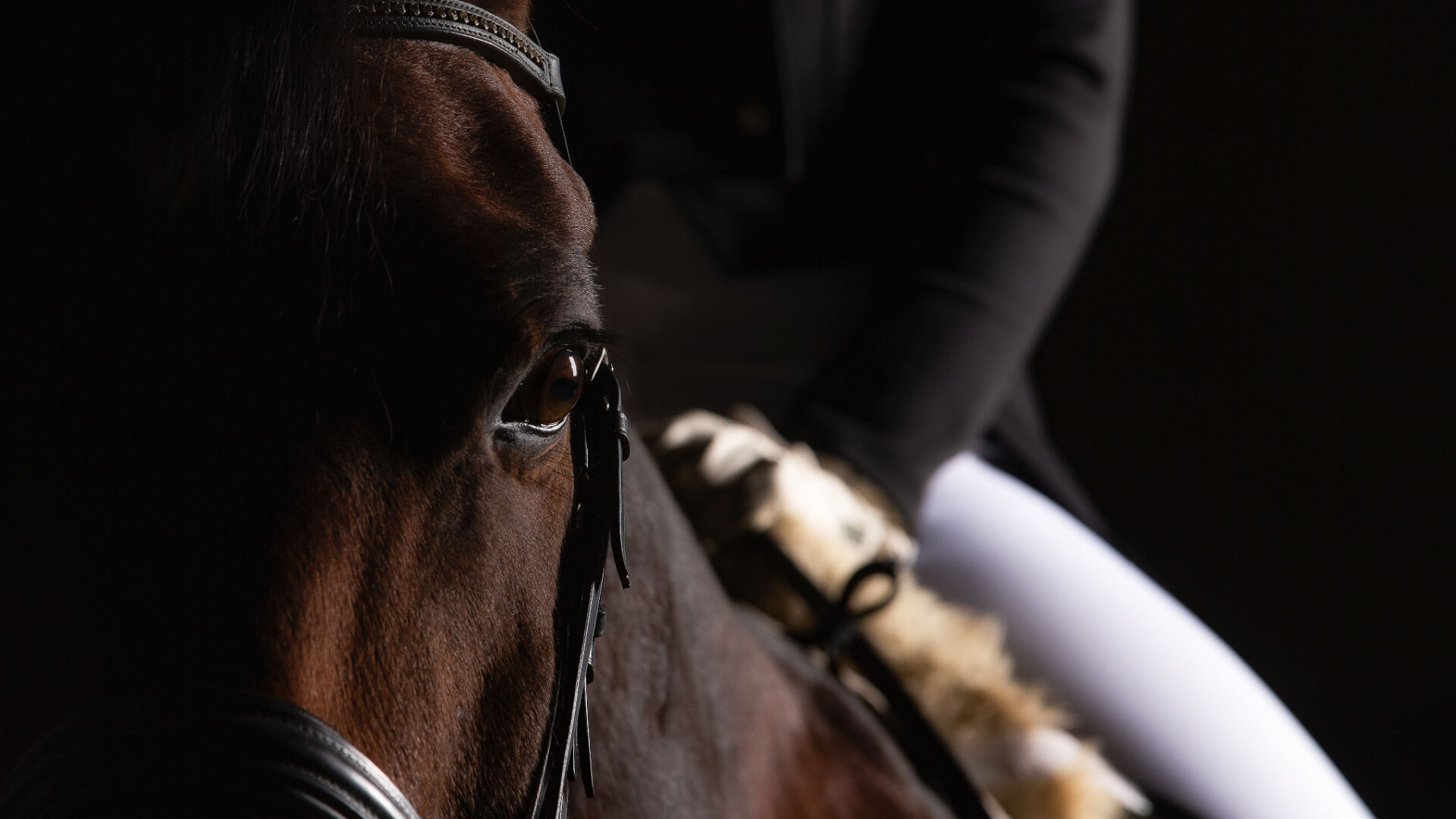April 19, 2024
Every year, about 30 million Americans enjoy horse riding, with thousands of horses used in races and events, all using an assortment of different riding disciplines.
Horse riding is a world full of different riding styles. Some, like show jumping and equine dressage, are popular worldwide, while others have a special place in different cultures.
Each riding style has its own focus for what it wants to do. For example, one style may try to show off the rider’s skills while the other wants to show off the horse’s looks. Let’s dive into the different horse-riding disciplines you should know about.
Dressage: The Art of Precision and Harmony
Dressage is French for ‘training’. This style focuses on a horse’s natural ability, refined to perfection. The modern style is deeply and equally rooted in English military history, as equine dressage was used by soldiers to train horses for battle. Today, it’s an Olympic sport valued for its beauty and precision.
In dressage, horses perform a series of carefully choreographed movements, known as “tests.” These include elegant steps like the trot and canter and more complex ones like pirouettes and half-passes. Each movement requires the horse to be responsive, balanced, and graceful.
Riders must stay calm and look poised during competitions to help their horses do the same. Also, there’s usually a strict dress code for most dressage events.
Dressage training strengthens the horse’s muscles, improves balance, and increases flexibility. For riders, it enhances communication skills with the horse, develops discipline, and hones a deep understanding of equine behavior and movements.
Show Jumping: Thrills and Precision Over Fences
Show jumping is another Olympic sport where riders guide their horses through obstacles and/or jumps within a set time. The goal is to clear all jumps without any faults, like knocking down a rail, and to do it as quickly as possible.
In show jumping, courses are made up of different types of jumps, including verticals (upright fences), oxers (two jumps close together), and combinations (several jumps in a series). They’re designed to test the horse’s agility, power, and speed, as well as the rider’s skill in navigating these challenges.
Riders must position themselves for balance and time their commands precisely to help the horse gauge the jump’s height and width.
Eventing: A Test of Versatility and Endurance
Eventing combines three horseback riding styles: equine dressage, cross-country, and show jumping. It’s usually spread over three days, with each day focusing on one discipline. Originally a test for cavalry horses and riders, eventing shows off their skills and versatility.
The rules of eventing are strict. If a horse refuses a jump, it gets penalty points, and more points are added for any additional refusals. A recent update to the rules says that if a horse or rider falls, they are out of the competition.
Western Pleasure: A Showcase of Style and Precision
Western pleasure is a competition class in Western riding – a style marked by a relaxed seat and direct rein handling. In these events, horses are judged on their ability to move in a relaxed and smooth manner. The focus is on the horse’s calm temperament, responsiveness to the rider, and quality of movement. Judges want to see smooth moves and good behavior.
The desired gaits in Western pleasure are typically the walk, trot, and lope. The horse should look calm and easy to ride, with its head low and steady. Riders need to show they can control their horse with very light commands.
Trail Riding: Connecting with Nature and Adventure
Trail riding means riding horses outdoors on paths or in natural settings. It’s a fun way to enjoy nature and get away from busy life. Because there’s no competition, riders of all skill levels can partake in trail riding.
If you’re interested in this riding discipline, choose trails that match your riding skill. Always check the weather and trail conditions. Wear the right clothes and bring water and a first aid kit. Make sure your horse is ready for the trail too.
Moreover, safety is key in trail riding. This means wearing a helmet, riding at a safe speed, and knowing the rules of the trails (like who has the right of way). Be polite to other riders and take care of the trails. Remember, you’re sharing the outdoors with others.
Endurance Riding: Long-Distance Challenges and Adventure
Endurance riding is all about how long a horse and rider can go. It started to see if cavalry horses were good for war. Back then, each horse had to carry at least 200 pounds and travel over 300 miles in five days.
In the 1950s, endurance riding turned into a sport. Now, people all over the world do it, but the rules about weight and distance can change depending on where you are.
Endurance competitions can range from 50 to 100 miles or more. Riders are tested based on how well they manage their horse’s pace so they can finish the race without tiring out too early. Additionally, vets check the horses at various points to make sure they’re fit to continue.
Reining: The Ultimate Display of Horse and Rider Precision
Reining is often called the Western version of dressage. Both styles use almost identical skills and types of horses. However, reining events have more activities for the horse to accomplish.
The horse must perform certain moves, such as loops, spins, and sliding stops. The cleaner and sharper the moves, the more points the horse gets. The key is for the horse to seem willing and for the moves to be smooth and exact.
Good communication between horse and rider is crucial in reining. The rider guides the horse with light signals. It’s about trust and understanding each other to perform those sharp maneuvers perfectly.
Vaulting: Artistic and Athletic Performances on Horseback
Vaulting is one of the oldest known forms of equestrian sport. Often described as gymnastics on horseback, vaulting can be traced back to Roman games involving acrobatic displays performed on cantering horses.
As a riding style, vaulting is spectacular to watch. You don’t necessarily need to know how to ride a horse for this, but if you do, vaulting can improve your riding skills. Vaulting requires good balance, strength, and the ability to predict the horse’s movements accurately.
This horse-riding discipline is suitable for all ages. It’s a fun way to learn about teamwork and trust between a rider and a horse. Beginners can start with simple moves and get better over time.
Contact Gladiator Equine to Help Keep Your Horse Healthy
Now that you’re familiar with the different riding disciplines, you need to make sure you are taking care of your horse between performances. Your horse’s body is susceptible to injuries just like yours. With the help of Gladiator Equine’s healing devices, your horse can heal better and faster than before.
Trust Gladiator Equine’s therapeutic FIR solutions for equine inflammation, injuries, recovery, and wound healing. Our non-powered devices can also reduce stress responses and help maximize training efforts. Get in touch with us to learn more about our products today!
- Tags:
- Equine Dressage



